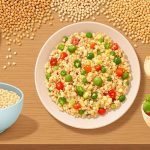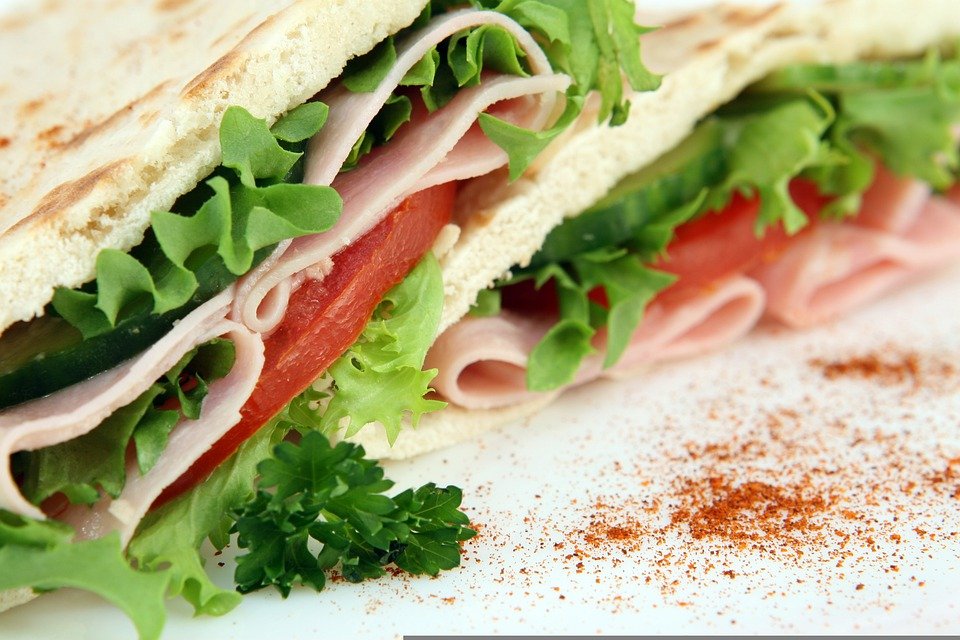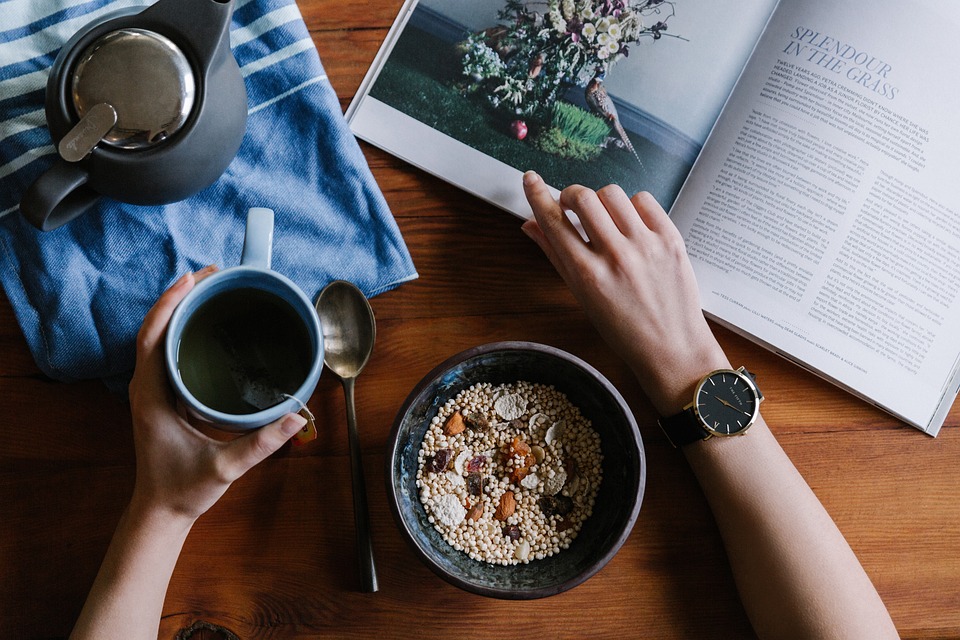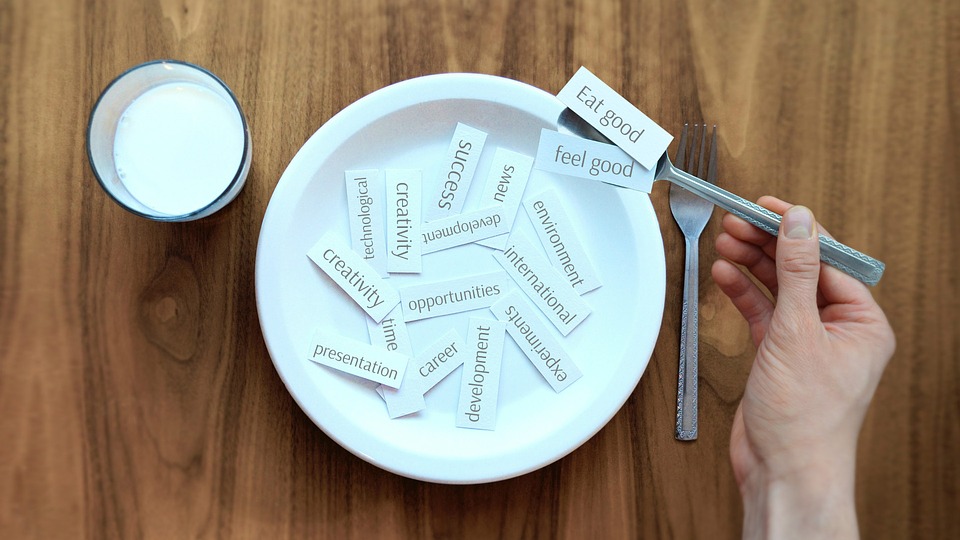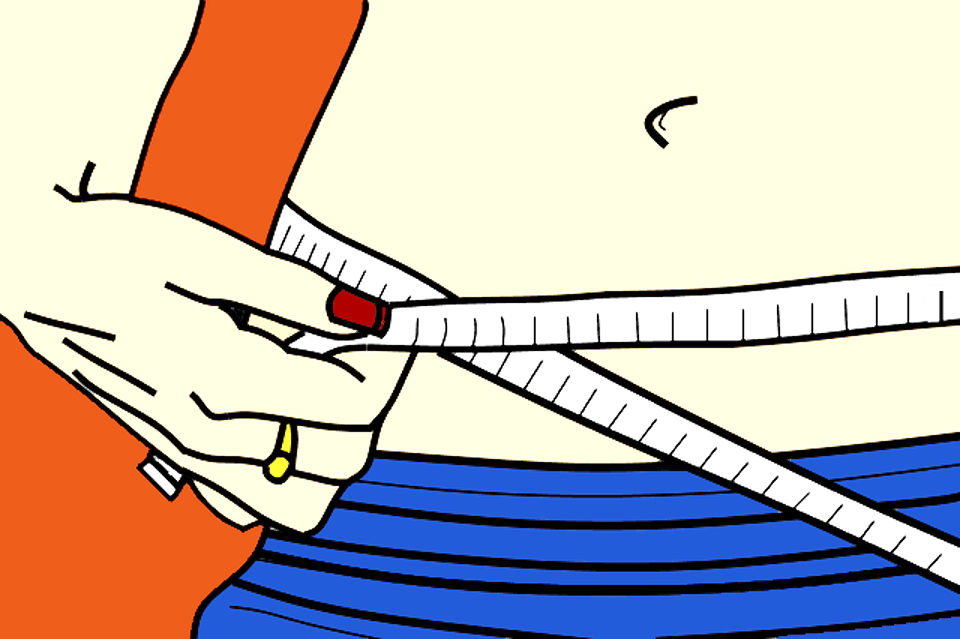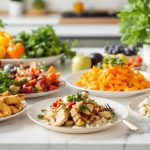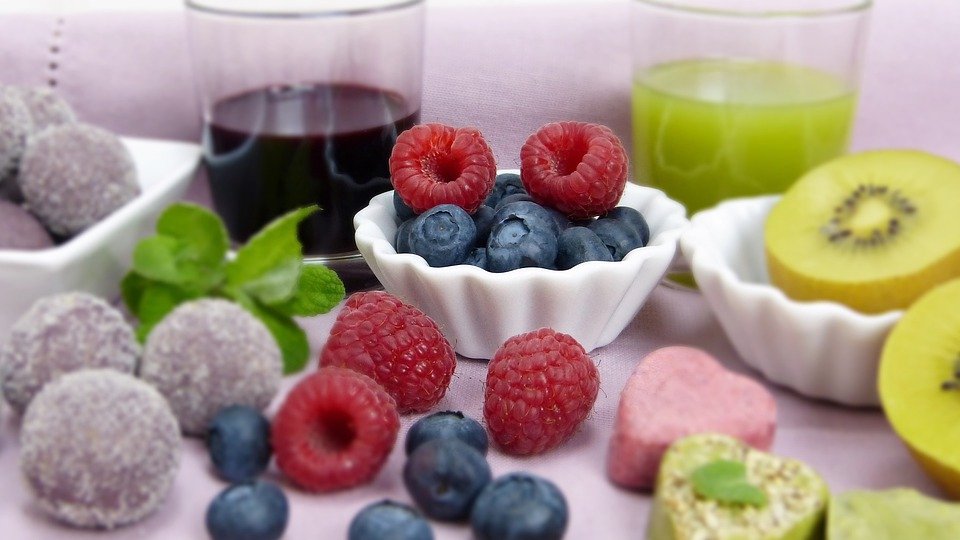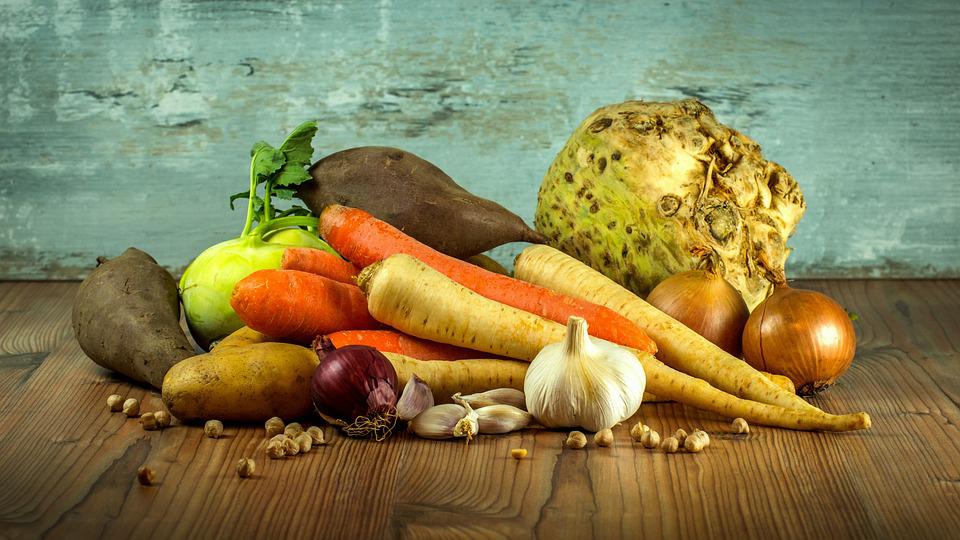
There are many myths and misconceptions about healthy eating. New diet advice emerges every day, which can be confusing. However, the basics of eating right have not changed.
1. Eat whole plants
Remember when you were a kid and you got really excited about opening presents on Christmas or your birthday?
Was it the biggest box?
The one with the shiniest, fanciest wrapping paper?
The best gift isn’t always the biggest or shiniest one.
The best gift was always in the heaviest box.
Now, let’s put this back into nutrition terms.
But a food’s health is actually determined by its micronutrient content. While it is true that the macronutrient content of food plays a role in its health, micronutrients are what actually determine a food’s health.
Macronutrients are similar to the box that contains a gift; they might be good, but only if what’s inside is also good.
When most of us receive a gift, we’re more interested in the contents than the wrapping or the size of the box. We often discard the wrapping quickly so that we can get to the gift itself.
The nutritional value of food is not determined by the number of calories it contains. The health of food is determined by the micronutrients it contains such as vitamins, minerals, antioxidants, and phytochemicals.
The more heavyweight a box is the healthier the food. It’s just like how it is with presents.
The food you get from a light box may have calories, but it doesn’t have many vitamins and minerals. For example, a soda has some sugar which gives you energy, but it doesn’t have much else in terms of nutrition.
Heavy box foods may have a lot of calories, but they also have a lot of awesome benefits. For example, an orange has sugar which provides energy, but it also has a lot of vitamins.
Which foods would be considered light boxes, and which would be considered heavy boxes?
The lightest vegan diet would be one that is based on junk food that comes from refined plants. This includes foods like added sugar, oil, refined flour, white rice, and protein powders. Basically, these are plants that have been processed in some way so that they are no longer in their whole form. For example, olive oil used to be an olive, soy protein isolate used to be a soybean, white rice used to be brown rice, and so on.
Even though animal products contain a lot of calories, they do not provide much in the way of micro nutrition.
The following text is about how nuts and seeds are heavy, and how fiber appears for the first time in our light-to-heavy box spectrum.
Whole grains and beans are much heavier than the earlier listed foods and provide a good amount of micronutrients in relatively few calories.
The final category of boxes is the heaviest, containing fruits and vegetables. There is a lot of micro nutrition in these boxes, but relatively speaking, not a lot of calories.
This means that it is healthier to eat whole plants rather than processed food. This includes nuts, seeds, whole grains, beans, fruit, and vegetables.
If you’re not surprised that lighter box food is best minimized, then you won’t be surprised to know that consuming these foods regularly can lead to issues like unhealthy weight, inflammation, sickness, and digestive problems.
Whole plants contain a lot of nutrients, are easy to digest, and can help reduce stress.
2. Choose plants high in fiber and water
Fiber does more than just being generally healthy.
Blackberries contain fiber, which slows down and regulates the absorption of nutrients. This is why blackberries don’t spike your blood sugar. In fact, they may actually blunt it.
If we investigate a little further, we discover that fibers have an amazing impact on the beneficial bacteria in our digestive system.
The same good bacteria that are important for a strong immune system, good sleep, reducing inflammation, being happy, and staying at a healthy weight are also important for other things.
That’s right, the very same stuff that cleans you out also feeds the trillions of good bacteria lining your digestive system Good bacteria need fiber to survive. Fiber is a substance that helps clean out the digestive system.
The good bacteria in our gut feed off of the fiber in the food we eat. In return, these bacteria help to improve our overall health and well-being.
Now, what about water?
Fiber and water both help to keep things moving through our digestive systems.
Water is also essential for healthy joints and skin and helps regulate body temperature.
Healthy foods that contain a lot of water include watermelons, tomatoes, cucumbers, and carrots. These foods will help you stay hydrated and will also give you other essential nutrients like vitamins and minerals.
Fresh fruits and vegetables are excellent sources of water and can help you stay hydrated.
3. Eat a balanced breakfast
A healthy breakfast is important because it helps improve metabolism and cognitive function, and makes it easier to make healthy food choices during the day. An ideal breakfast includes protein, healthy fat, and some complex carbohydrates.
4. Don’t starve yourself
If you don’t eat enough calories during the day, you will more likely overindulge at night. By focusing all day on skimping on food, you set yourself up for later overeating. You are more likely to reach for an unhealthy treat instead of a healthy evening meal.
5. Ask questions when you eat out
Don’t be fooled by menu items that sound healthy but are actually loaded with butter or smothered in a heavy sauce. You can take control by asking for details about how a dish is prepared, requesting sauces and dressings on the side, and making sure the server knows that you’re looking for a healthy option.
6. Have a plan when you hit the grocery store
When you go grocery shopping, it is best to have a plan and a list of what you need so that you do not end up buying more processed foods than you need. Stick to the outside of the store where the fresh produce, dairy, meat, and fish are located.
7. Cut down on processed foods
Some packaged food is healthy, but it’s important to read nutrition labels to make sure you’re choosing wisely. Look for healthy options like frozen vegetables and canned beans, and avoid meals in a box that are high in preservatives, fat, sugar, and sodium.
8. Limit your sodium and sugar
If you want to reduce your salt and sugar intake, you should start by checking the nutrition label on your breakfast cereal. Many bowls of cereal contain up to 20 grams of sugar per serving.
A quick tip to help with portion control when it comes to sugar is to divide the amount of sugar in grams by 4 to get the number of teaspoons. You might be surprised at how much sugar is actually in your food when you see it represented this way.
9. To gain energy and maintain weight, focus on caloric density
Whole plants are heavier and more nutrient-dense than other foods, but they don’t have many calories. This filling but the low-calorie combination is why people often lose weight when they switch to a plant-based diet.
The lack of caloric density in plants leads to people not eating enough when they switch to a plant-based diet.
Here’s what I mean:
One tablespoon of olive oil is 120 calories.
One large head of Romaine lettuce has approximately 120 calories.
A tablespoon of olive oil is much smaller than an entire head of Romaine lettuce.
This text is saying that you will need to eat more whole plants to get the same calories as you would from refined plants.
A tablespoon of olive oil has the same amount of calories as an entire head of Romaine lettuce.
Many people who switch to a diet that consists only of whole foods and plants feel like they have less energy.
Although they are eating the same amount of food as before, they are not getting enough energy from it.
Do you think that consuming high-calorie, processed foods is a good idea?
You will be healthier if you replace sugary drinks, white flour, protein powders, oils, and animal products with whole plants.
You may need to eat larger meals than usual when you switch to a whole-food diet because plants generally have fewer calories than processed foods. For example, my salad is huge compared to the average salad people make.
Furthermore, caloric density is also necessary for maintaining certain body weight.
If you want to lose weight, you should fill yourself up with food that has a lower calorie density. That means eating mostly fruits and vegetables, whole grains, and beans, and eating fewer nuts and seeds.
If you are trying to add weight, you should increase the amount of high-calorie and high-fat plant-based foods that you eat.
10. Switch to whole grains
Brown carbohydrates are healthier than white carbohydrates. Whole-grain foods contain more nutrients and fiber than processed white foods. These complex carbohydrates are not only healthier for you, but they also help keep you full longer. Swapping out white carbohydrates for whole grains is a good way to start.
11. Eat this way MOTT (Most Of The Time)
There will be occasions when we don’t have access to healthy foods.
We could choose to never leave our homes and never have less than a perfectly healthy meal, but the stress this way of life would cause us would not be beneficial in the long run.
If you want to be happy and full of life, realize that being healthy is mostly about what you do on a regular basis.
Don’t try to be perfect all the time or you will become inflexible and unhappy.
Your diet may be “perfect,” but what is the goal?
You can still enjoy the occasional convenience food without breaking the bank.
How much is too much? That depends on you, your current level of health, and your life goals. Learn how to adapt, change, and edit instead of blindly following someone else’s plan. You’ll be stronger and healthier for it.
There’s No Pill for Long-Term Health
Most people will be unsuccessful in following these rules because they are not quick fixes. This is why diet books are popular and many people take medication for their ailments.
In the modern world, people can quickly find solutions to their problems and discomfort.
We have many reasons for eating healthily, such as maintaining a healthy weight, reducing inflammation, and increasing energy.
The advantage of eating healthy is that it will improve your health in the long term, but it will not have the same immediate results as taking medication.
It can take years of consistently eating well and exercising to see significant changes in your overall health.
It’s about playing a long game.
This way of eating is based on simple rules – consuming whole plants that are high in fiber and water and eating enough to get the required energy.
Oh, and do that most of the time.
If you do it, you will see the results that you want in the long term, not just temporarily.

